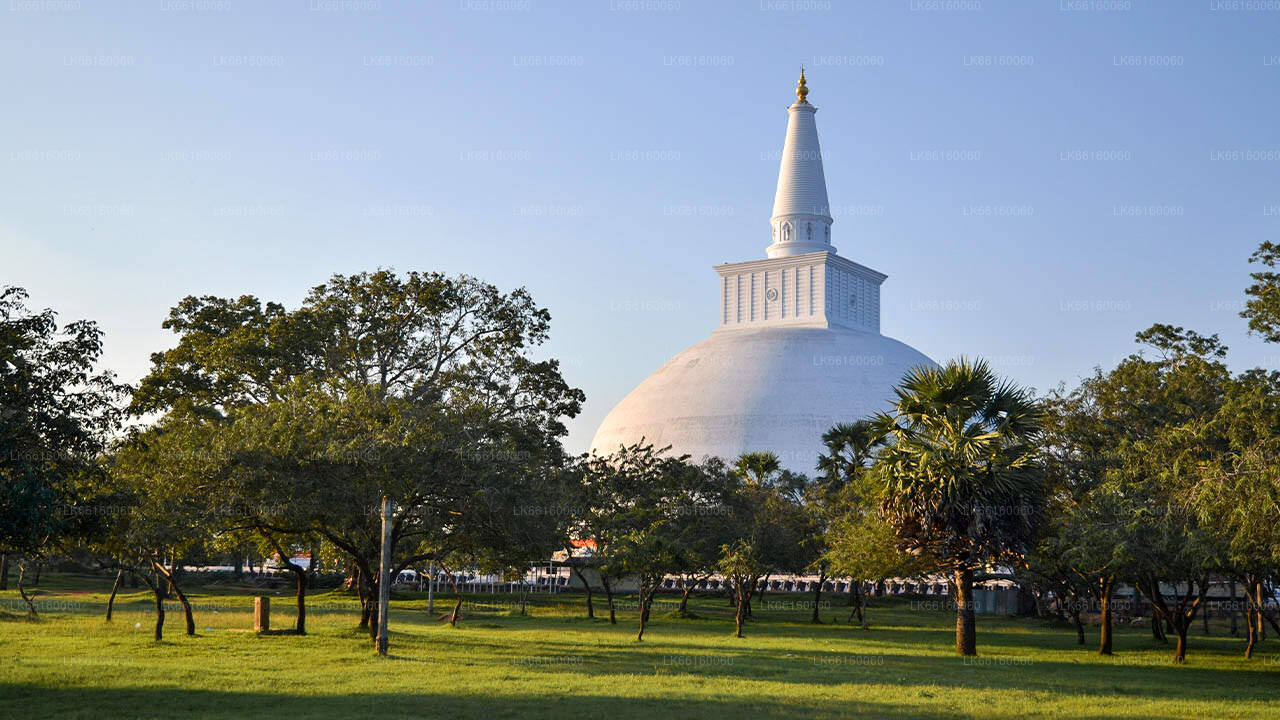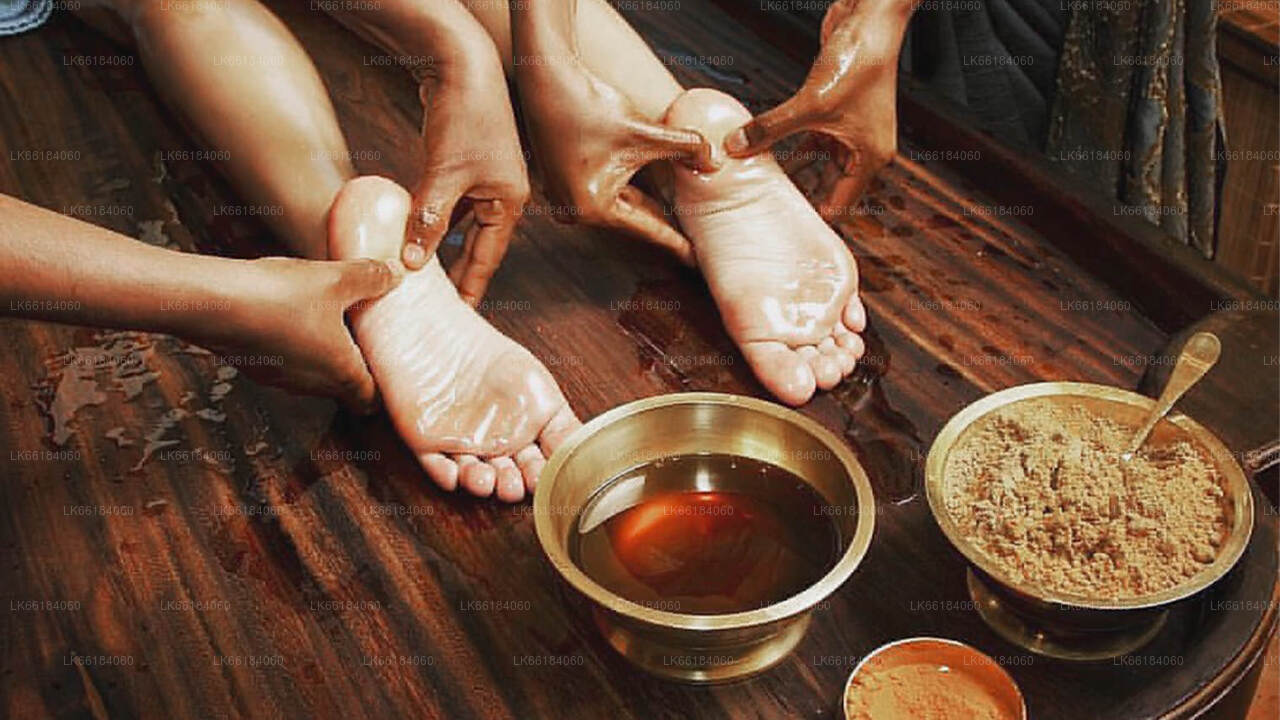
Città di Anuradhapura
Anuradhapura appartiene alla Provincia Centro-Settentrionale dello Sri Lanka. Anuradhapura è una delle antiche capitali dello Sri Lanka, famosa per le sue rovine ben conservate dell'antica civiltà lankese. La città, oggi Patrimonio dell'Umanità UNESCO, si trova 205 km a nord dell'attuale capitale Colombo, in Sri Lanka.
Thuparamaya
Thuparamaya (????????) is the oldest stupa in Sri Lanka, built soon after the introduction of Buddhism to the island. Constructed by King Devanampiyatissa, it enshrines the sacred collar bone relic of the Buddha — a precious gift from India that symbolizes the strong and friendly ties between the two nations during that era.
The columns surrounding the stupa were once part of a walkway supporting a roof that covered the sacred structure. Aesthetically, the interior of this ancient building must have been a remarkable display of wooden architecture and skilled craftsmanship. Its conical design, unique in the history of world architecture, continues to fascinate scholars and scientists to this day.
Archaeological discoveries around Thuparamaya — including medical texts and surgical instruments from the Anuradhapura period — reveal the advanced quality of life at the time. The practice of using stone troughs as medicinal baths to treat illnesses was common during the Anuradhapura and Polonnaruwa periods, and even before the advent of Buddhism in Sri Lanka. Patients suffering from paralysis or snake bites were immersed in baths filled with herbal infusions designed to be absorbed gradually by the body. The troughs were cleverly shaped to minimize the use of these valuable medicinal fluids.
The name Thuparamaya also refers to the residential complex built to accommodate Bhikkhus (Buddhist monks) who lived and worshipped within its sacred precincts.
Informazioni sul distretto di Anuradhapura
Anuradhapura appartiene alla Provincia Centro-Settentrionale dello Sri Lanka. Anuradhapura è una delle antiche capitali dello Sri Lanka, famosa per le sue rovine ben conservate dell'antica civiltà cingalese. La città, ora Patrimonio dell'Umanità UNESCO, si trova 205 km a nord dell'attuale capitale Colombo, in Sri Lanka. Nella città sacra di Anuradhapura e nelle sue vicinanze si trovano numerose rovine. Le rovine consistono in tre classi di edifici: dagoba, edifici monastici e pokuna (stagni). La città possedeva alcuni dei sistemi di irrigazione più complessi del mondo antico; situata nella zona arida del paese, l'amministrazione costruì numerose cisterne per irrigare i terreni. La maggior parte dei civili è cingalese, mentre nel distretto vivono anche tamil e mori dello Sri Lanka.
Informazioni sulla provincia centro-settentrionale
La Provincia Centro-Settentrionale, la più grande del paese, copre il 16% della superficie totale del paese. La Provincia Centro-Settentrionale è composta da due distretti chiamati Polonnaruwa e Anuradhapure. Anuradhapura è il distretto più grande dello Sri Lanka. La sua superficie è di 7.128 km². La Provincia Centro-Settentrionale ha numerose potenzialità per gli investitori che desiderano avviare le proprie attività, in particolare nei settori dell'agricoltura, dell'industria agroalimentare e dell'allevamento. Oltre il 65% della popolazione della Provincia Centro-Settentrionale dipende dall'agricoltura di base e dall'industria agroalimentare. La Provincia Centro-Settentrionale è anche chiamata "Wew Bendi Rajje" perché nella provincia si trovano più di 3.000 serbatoi di medie e grandi dimensioni. Sri Maha Bodiya, Ruwanweli Seya, Thuparama Dageba, il monastero di Abayagiri, Polonnaruwa Rankot Wehera e Lankathilake sono luoghi di interesse.














